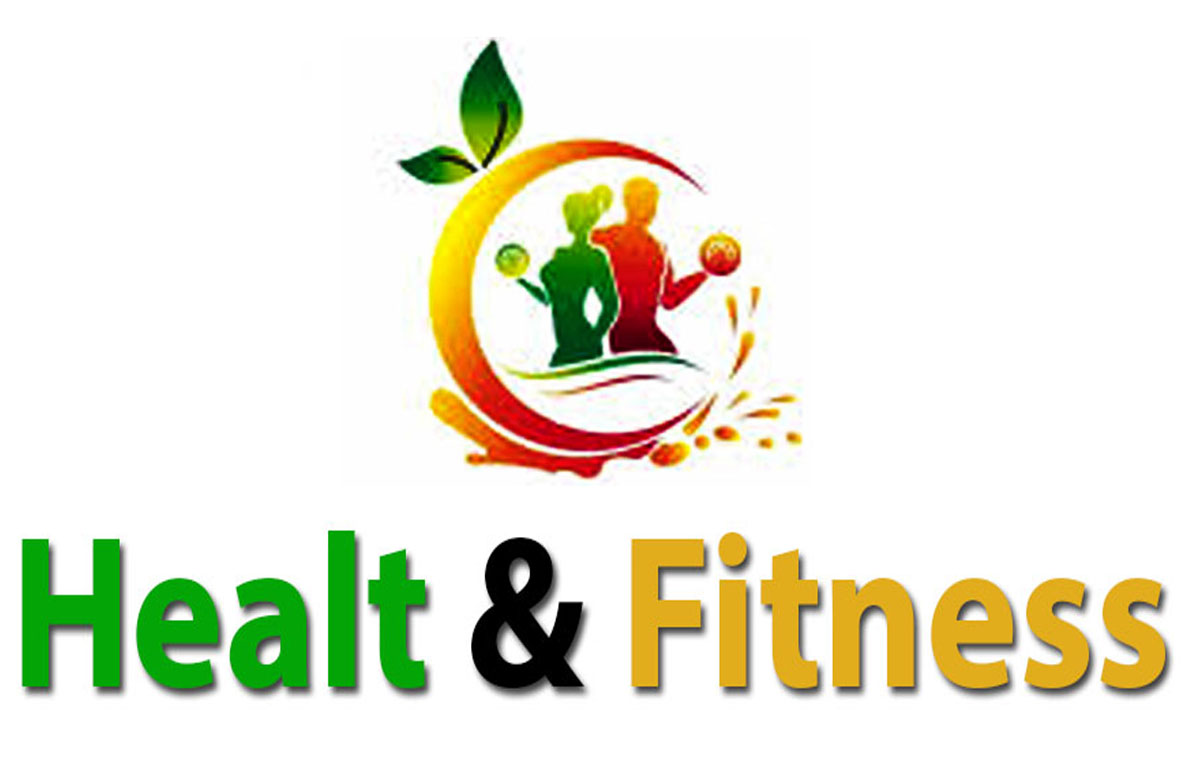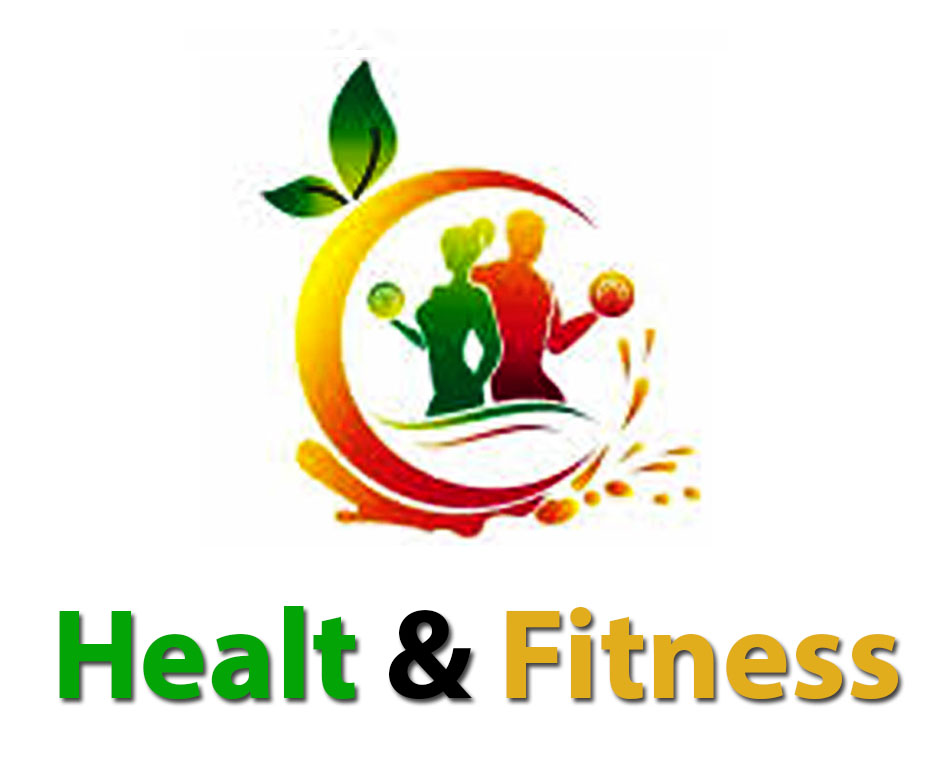Mind-Body Harmony: Props and Exercises for Tai Chi and Qigong
Introduction to mind-body harmony
In today's fast-paced world, finding a balance between mind and body has become increasingly important for overall well-being. The concept of mind-body harmony encapsulates the interconnectedness of mental and physical health, emphasizing practices that nurture this relationship. Tai Chi and Qigong stand as exemplary disciplines that promote this harmony, offering countless benefits to practitioners.
Understanding Tai Chi and Qigong
Tai Chi and Qigong are forms of controlled breathing, gentle movements, and meditation that date back to ancient Chinese traditions. While Tai Chi focuses on a series of graceful movements, Qigong primarily involves breathing exercises and energy cultivation techniques. Both seek to improve "qi," or life force, circulation throughout the body.
Props and equipment for practice
A. Tai Chi/Qigong Clothing:
1. Comfort and Functionality: Traditional Tai Chi/Qigong clothing is loose and comfortable, allowing freedom of movement. This clothing usually includes:
Tai Chi Uniform: Often made of silk or cotton, consisting of a top and pants. The top can be a button-down shirt or wrap-style jacket, while the pants are wide-legged for unrestricted movement.
Color selection: Neutral hues, such as black, white, or other simple colors, convey serenity and simplicity.
Fabric selection: Natural fabrics like cotton or silk are preferred because of their breathability and comfort.
2. Modern variety: Contemporary practitioners can opt for modern sportswear made of breathable, moisture-wicking materials that offer similar freedom of movement.
B. Tai Chi Shoes:
1. Features: Tai Chi shoes allow for flexibility and sensitivity to the ground, as well as increased stability and support.
Flat soles: They usually have thin, flat soles to maintain contact with the ground, promoting better balance and stability.
Flexibility: The shoes are flexible, allowing the foot to move naturally and enabling proper weight transfer during movement.
2. Alternatives: Some practitioners prefer to practice barefoot to feel more connected to the earth and improve balance, while others use tai chi shoes for protection and support.
C. Matt:
1. Purpose: Mats serve a variety of functions in Tai Chi and Qigong practice, primarily providing cushioning for sitting or lying down exercises.
Comfort: Mats provide a comfortable surface for practitioners during floor-based Qigong exercises, promoting relaxation.
Grip and stability: Non-slip surface mats can improve stability and prevent slipping during certain movements.
2. Material and thickness: Mats made of foam, rubber, or eco-friendly materials are common. Thickness can vary based on personal preference, typically a few millimeters to thicker options for added comfort.
D. Fan or Silk Scarf:
1. Utility: In some Tai Chi forms, practitioners use fans or silk scarves to aid movement and flow.
Flow Enhancement: These props emphasize the grace and fluidity of Tai Chi movements, emphasizing the gracefulness of the practice.
Aesthetic value: Fans or scarves can add a visual element to practice, enhancing the overall experience and performance.
2. Alternatives: Silk scarves or lightweight fans are commonly used due to their ability to flow gracefully with movement and their cultural significance in traditional Tai Chi forms.
These clothing items and props contribute to the overall experience of Tai Chi and Qigong, ensuring comfort, functionality, and an enhanced mind-body connection during practice.
Practices for Mind-Body Harmony:
A. Breathing Techniques:
Belly breathing (diaphragmatic breathing): Focusing on deep, slow breaths that engage the diaphragm. This method aids in mental clarity, stress reduction, and relaxation.
Breathing in coordination with movement: Breathing in coordination with movement increases the flow of Qi (vital energy). Cultivating internal energy involves inhaling during the upward or stretching movement and exhaling during the downward or contracting movement.
B. Meditation:
Mindfulness Meditation: Integrating mindfulness into Tai Chi and Qigong sessions helps practitioners stay present in the moment, developing a deeper mind-body connection.
Focusing: Being mindful of one's breathing, body sensations, or a particular movement promotes awareness and serenity.
C. Postural Awareness:
Alignment: Tai Chi and Qigong place a strong emphasis on correct alignment and posture. Maintaining a relaxed yet aligned posture ensures smooth energy flow and reduces the risk of injury.
Rooting and Grounding: Rooting in the lower body helps maintain balance and stability during movement while maintaining lightness and flexibility in the upper body.
D. Visualization:
Qi Circulation Visualization: Visualizing Qi flowing through specific pathways (meridians) in the body. Visualizing this energy flowing harmoniously promotes health and vitality.
Mind-body connection: Visualizing movements before performing them helps refine techniques and deepen the connection between mind and body.
E. Mindfulness:
Present-Focused Awareness: Being fully present during practice enhances the benefits of Tai Chi and Qigong, allowing practitioners to experience movement, sensation, and breath in the present moment.
Cultivating Tranquility: Mindfulness practices within these disciplines contribute to stress reduction, improved focus, and overall mental well-being.
Integrating these practices fosters a holistic experience in tai chi and qigong, facilitating not only physical health but also mental clarity, emotional balance, and spiritual growth. They contribute to a harmonious connection between mind and body, enhancing the overall benefits of these ancient practices.
Physical and mental benefits
Physical Benefits:
Improved balance and stability: Practicing these exercises increases proprioception and strengthens muscles, reducing the risk of falls, especially in older adults.
Range of motion and flexibility: Tai Chi and Qigong's flowing motions enhance physical agility, joint mobility, and flexibility.
Improved cardiovascular health: Although gentle, continuous movement improves heart rate and circulation, supporting cardiovascular fitness.
Strength and Muscular Endurance: Consistent exercise can gradually strengthen muscles and improve endurance, helping with overall physical strength.
Pain management: Tai chi and qigong have been shown to relieve chronic pain, including back pain and joint stiffness, through advanced postures and relaxation techniques.
Psychological Benefits:
Stress reduction: Tai Chi and Qigong involve mindful movements, breathing exercises, and meditation to help lower stress and encourage relaxation.
Increased focus and mental clarity: Consistent practice improves cognitive function, mental acuity, and concentration.
Emotional equilibrium: These activities enhance emotional control, lessen anxiety and depression, and enhance well-being.
Mind-Body Connection: Tai Chi and Qigong encourage a deeper connection between mind and body, fostering a heightened sense of self-awareness.
Better sleep quality: Regular exercise has been linked to improved sleep patterns and overall sleep quality.
Overall Wellness:
Both Tai Chi and Qigong contribute to overall well-being by addressing the interrelationship of physical and mental health. They promote harmony between mind, body, and spirit, offering a gentle yet profound way to cultivate holistic well-being.


.jpg)

.jpeg)

